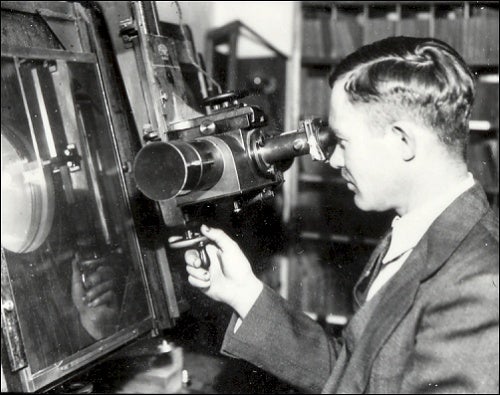For most of the 20th century, some astronomers were convinced that a 10th planet — Planet X — lay somewhere beyond Neptune. They inferred the existence of such a planet by its apparent effects on the positions of Uranus and Neptune. Both planets seemed to be tugged along slightly faster than expected, as if in response to the gravitational pull of another body. In 1993, astronomer Myles Standish of the Jet Propulsion Laboratory in Pasadena, California, performed a thorough reanalysis of all the old positional data. He concluded that Uranus and Neptune are exactly where we expect them to be and that no evidence for Planet X exists.
But that doesn’t mean the hunt for Planet X has been called off. The past decade has seen the discovery of almost 1,000 icy bodies in the region beyond Neptune known as the Kuiper Belt. But the Kuiper Belt appears to have a sharp outer edge at about 50 AU, and what lies beyond is still almost completely unknown. My colleagues and I found the distant, almost-planetary-size body Sedna last year. Lying well beyond the Kuiper Belt, Sedna may be an indicator that it is only a matter of time before we find more and larger objects at the solar system’s outskirts.
Such extremely distant planets would be too far away to affect the known planets’ orbits measurably. The only way to find them is to use the technique employed by Clyde Tombaugh to find Pluto: Search the sky for slow-moving objects. The survey I am running at Palomar Observatory has been operating for 2½ years and will need another 2½ years before it has covered most of the sky. By then, we should know for sure if Planet X is out there, within reach of our current technology. — MIKE BROWN, CALIFORNIA INSTITUTE OF TECHNOLOGY










